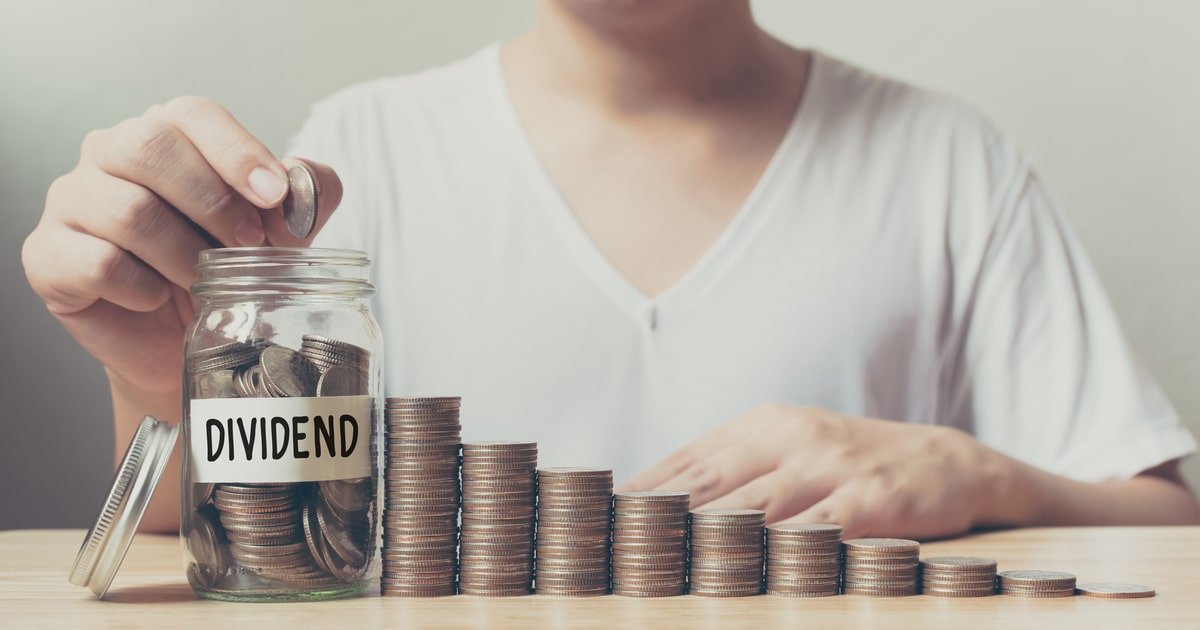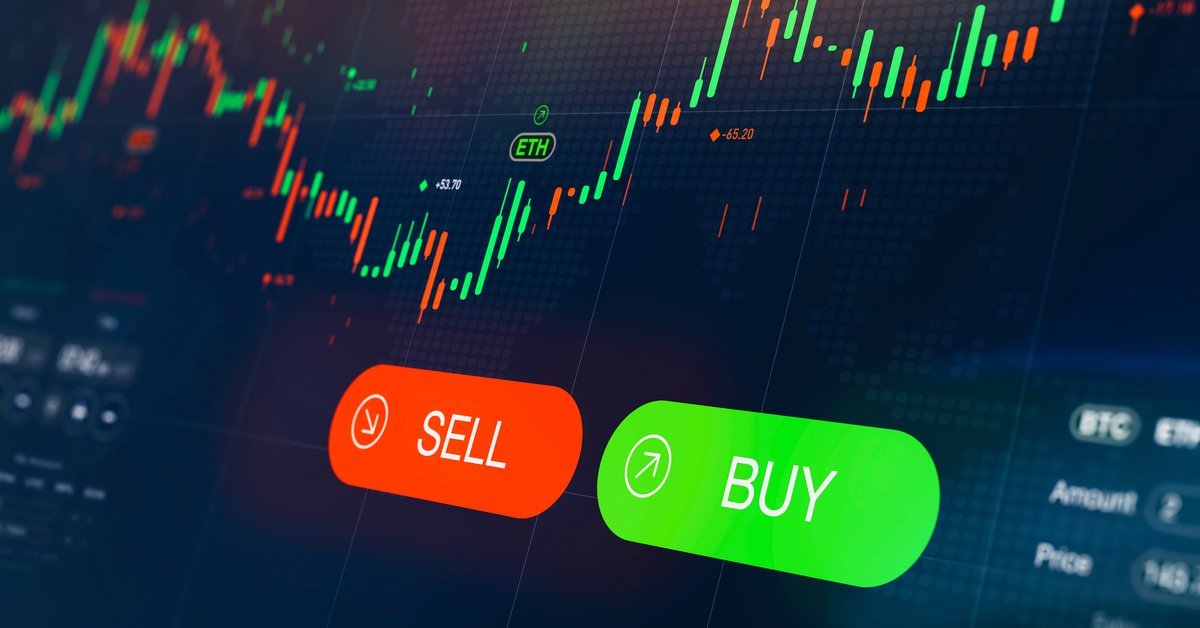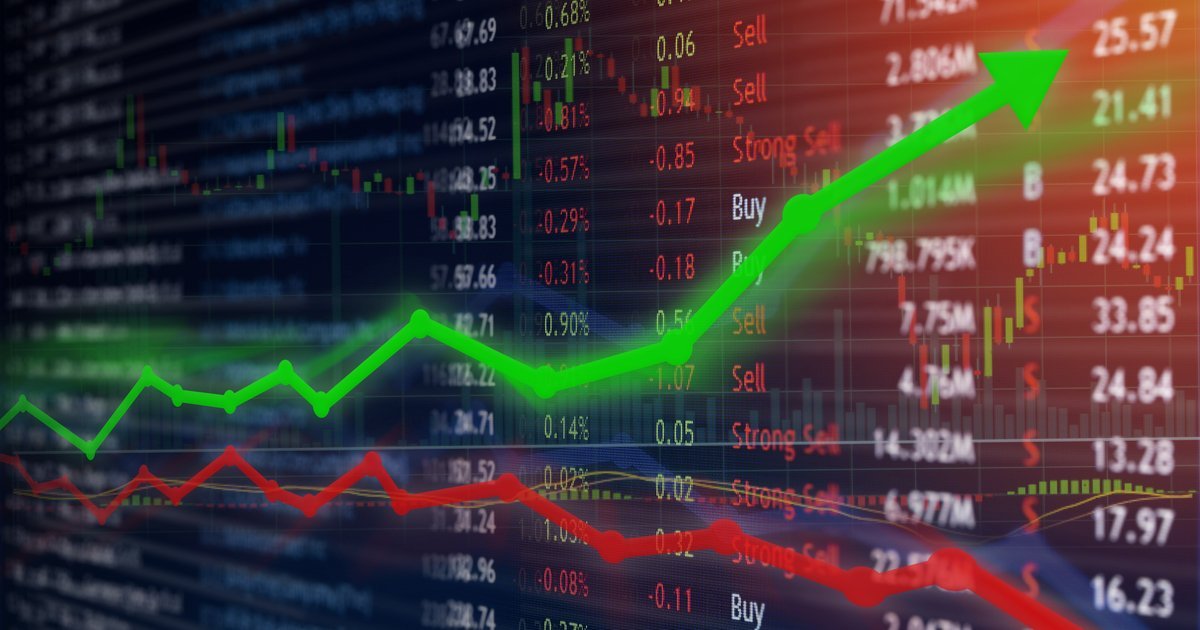How Often Do Stocks Pay Dividends?

Dividends are one of the best things about investing.
You get paid regularly simply for owning stocks, money you can then use to buy even more stocks so that your wealth grows over time. Some investors also like to use their dividends for passive income, especially after they retire.
Below is more information about dividends, including how often they're paid.
How often are dividends paid?
Most stocks that pay dividends pay them every three months, after the company releases its quarterly earnings report.
However, others pay their dividends every six months (semi-annually) or once a year (annually).
Some stocks also pay monthly, or on no set schedule — these are termed "irregular" dividends.
There are also one-time payments called "special" dividends, which are usually only paid out in special circumstances.
However, keep in mind that not all stocks pay dividends, even if their business is highly profitable.
Companies that are growing fast often prefer to keep all their cash so they can continue investing in the growth of the business.
In addition, many companies prefer to return cash to shareholders via stock buybacks instead of dividends. Doing this has some tax-related benefits for investors since long-term capital gains often have a lower tax rate than dividends.
Ultimately, it is the company's board of directors that decides when to pay dividends, if at all.
Summary: Not all stocks pay a dividend, but those that do usually pay it every three months. Others pay semi-annually, annually, monthly, or irregularly.
When are dividends paid?
Companies that pay a dividend every three months, or quarterly, tend to do it after they release their quarterly earnings report.
The date it is paid is called the payment date. However, you should also be aware of several other important dates:
- Declaration date: This is the day the company's board of directors declares the dividend. They issue a press release with the amount to be paid and the relevant dates.
- Ex-dividend date: This date is the most important. If you buy the stock before this day, then you will get paid.
- Record date: The company checks who should receive the dividend on this day, usually the day after the ex-dividend date.
- Payment date: This is the day the dividend is paid out to shareholders, often about one month after the ex-dividend date.
To clarify, you need to buy the stock before the ex-dividend date to receive the payment.
For example, consider a stock with an ex-dividend date of January 2nd. In this case, you will get the dividend if you buy the stock prior to that date and hold it until the next day.
This is because you were a "shareholder of record" on the ex-dividend date.
Even if you decide to sell the stock when the market opens on January 2nd, you will still get paid.
However, you should know that the stock price drops by the same amount as the dividend amount on the ex-dividend date. Therefore, buying right before and then selling on the ex-dividend date is not a profitable strategy.
The best way to get accurate information about these dates is to go to the company's investor relations page on its website.
To do this quickly, try searching for "company name investor relations" on Google.
Summary: The dividend gets paid on the payment date, which you can find on a company's website. To get paid, you need to buy the stock before the ex-dividend date to receive the payment.
How to get your dividend payment
There are three common ways to receive a dividend payment.
1. Deposited into your brokerage account
The most common way to get your dividend is to have it paid automatically, directly into the brokerage account where you hold the stock.
For example, if you own 100 shares of Microsoft (MSFT), which pays a $0.75 dividend per share each quarter as of January 2024, then the cash position in your brokerage account will go up by $75 on the payment date.
In some cases, tax may be subtracted directly from your dividend payment.
Regarding the time of day, you should see the money in your brokerage account on the morning after the payment date, though it can sometimes take a couple of days for it to show up.
Ask your brokerage firm if you want to know exactly what time of day you will see the dividend added to your cash balance.
2. Dividend check
You may also receive your dividend as a check in the mail. The company whose stock you own will send the check, and you will get it in your mailbox a few days later.
Then you can cash the check and deposit the money into your brokerage account to buy more stock or withdraw it as cash.
3. Dividend reinvestment programs
Some companies and brokers offer automated dividend reinvestment programs.
When you have this enabled, you will not receive a cash dividend — instead, you will get shares of the company.
If the dividend does not add up to an exact number of shares, you may get partial shares.
Summary: Dividends are most commonly paid directly into the shareholder's brokerage account. But they can also be mailed via a check or turned into shares via automated dividend reinvestment programs.
How much is the dividend payment?
The amount paid as dividends varies between companies.
If you own a dividend-paying stock, then it is easy to calculate how much you will get paid each quarter. You simply divide the annual payment by four to arrive at the quarterly payment.
For example, CVS Health (CVS) pays an annual dividend of $2.64, as of January 2024. Dividing the annual amount by four gives you the quarterly payment — $2.64 / 4 = $0.66.
You can then multiply the quarterly payment by the number of shares you own to determine the total amount. So if you own 100 shares of CVS and the quarterly dividend is $0.66 per share, then you will receive a $66 payment every three months.
You can also calculate the dividend yield by dividing the annual dividend per share by the stock price. The yield is how much of your investment you earn back each year, similar to the interest rate of a savings account.
As an example, a stock that pays $2 annually ($0.50 per quarter) with a share price of $100 will have a dividend yield of 2%.
Summary: Divide the annual dividend amount by four to calculate how much a stock pays per quarter. Calculate the dividend yield of a stock by dividing the annual amount by the stock price.
Takeaway
Dividends are cash payments that companies pay directly to their shareholders. The money is taken from recent profits or the company's cash reserves.
Investing in companies that are regularly growing their profits and raising their dividends is an excellent way to get strong investment returns.
These types of stocks not only grow their share price, but the dividend payment also tends to increase each year.
Investing in these types of companies is often termed dividend growth investing (DGI), which is currently a popular investing method that leads to compounding gains over time.





